
Luxury fashion’s worst-kept secret and the Indian designers reclaiming what it means to make ‘haute couture’
- Many haute couture houses – luxury fashion’s pinnacle – source textiles from Indian artisans, yet avoid a ‘Made in India’ tag by assembling pieces in Europe
- It took 47 years for an Indian designer to show at Paris Haute Couture Week, in 2020 – now more are taking Indian craftsmanship to a global audience
Only a select few fashion brands are granted the status of haute couture houses.
As of now, there are 16. But does this pool truly capture the breadth of luxury handmade fashion?
More than 7,000km from Paris – the city from which the “haute couture” title is dished out – a growing number of designers would disagree.
Haute couture, which translates as “high dressmaking”, is first and foremost high-end fashion that is completely handmade, according to France’s Fédération de la Haute Couture et de la Mode (Federation of Haute Couture and Fashion), which sets the requirements.
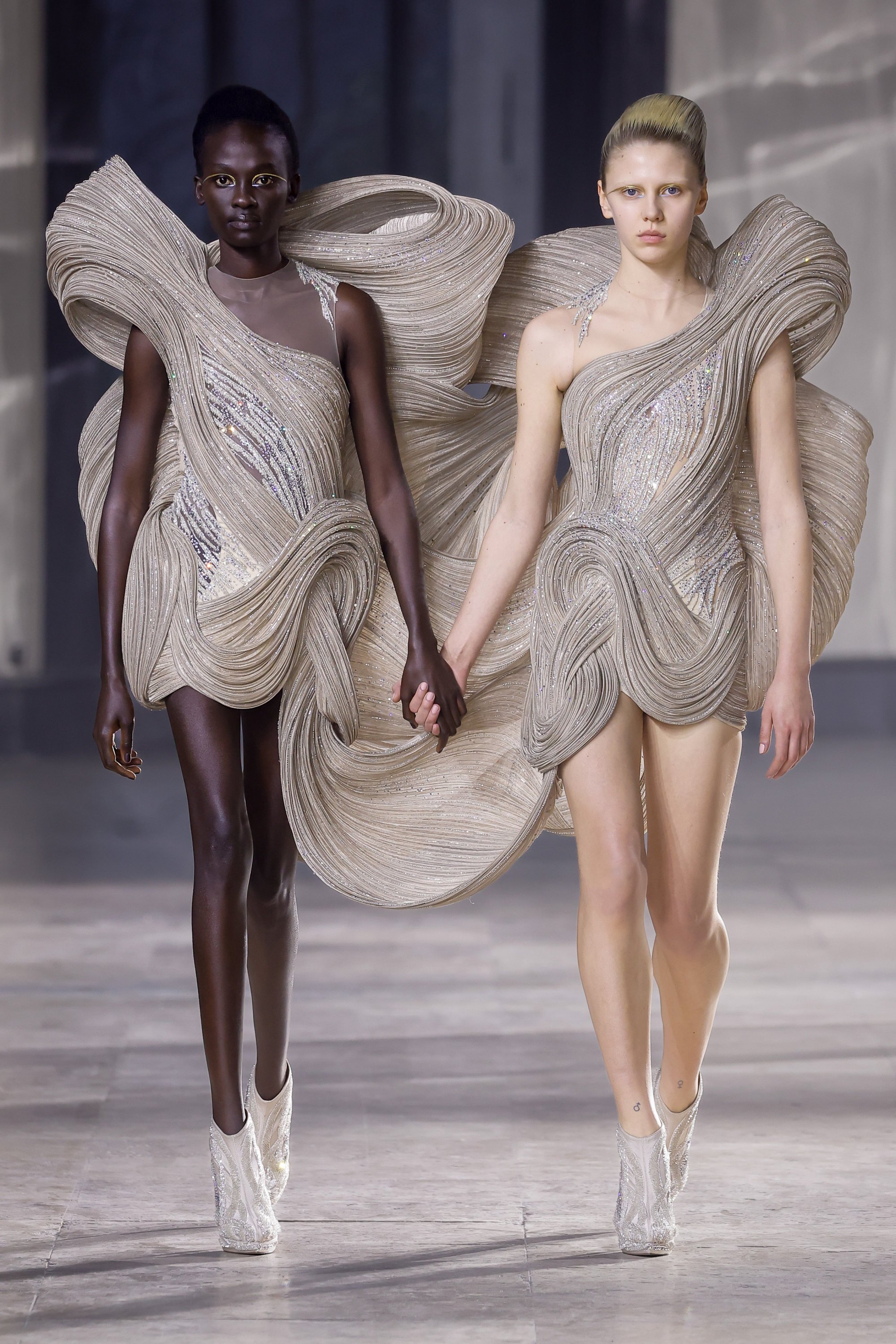
Among other qualifications, houses must create bespoke pieces for private clients in an atelier employing at least 15 full-time staff.
If the full set of specifications is met, a brand is designated an official haute couture house by the federation’s Chambre Syndicale de la Haute Couture (Syndicate of Haute Couture).
The industry’s worst-kept secret is that many haute couture pieces are made with textiles from Indian artisans – certainly more than brands would like to admit.
We were told a fashion rental revolution was coming. It never arrived
“Very rarely do the international brands give credit to the artisans, karigaars [skilled craftsman] and craftspeople for their incredible work and creativity,” said Business of Fashion founder Imran Amed in a recent Instagram post, following a trip to India. “In the worst cases, things are taken back to Europe in pieces to be assembled there in order to slap on a label that says ‘Made in Italy’ or ‘Made in France’.”
At the Dior spring/summer 2022 show, creative director Maria Grazia Chiuri displayed a 3,600 square foot (334 square metre) tapestry as a tribute to Indian embroidery.
Perhaps a “Made in India” label does not sound as luxurious or alluring as its European counterparts. But India has a centuries-long history of textile trading and garment production, owing to its long coastline and abundance of raw materials.
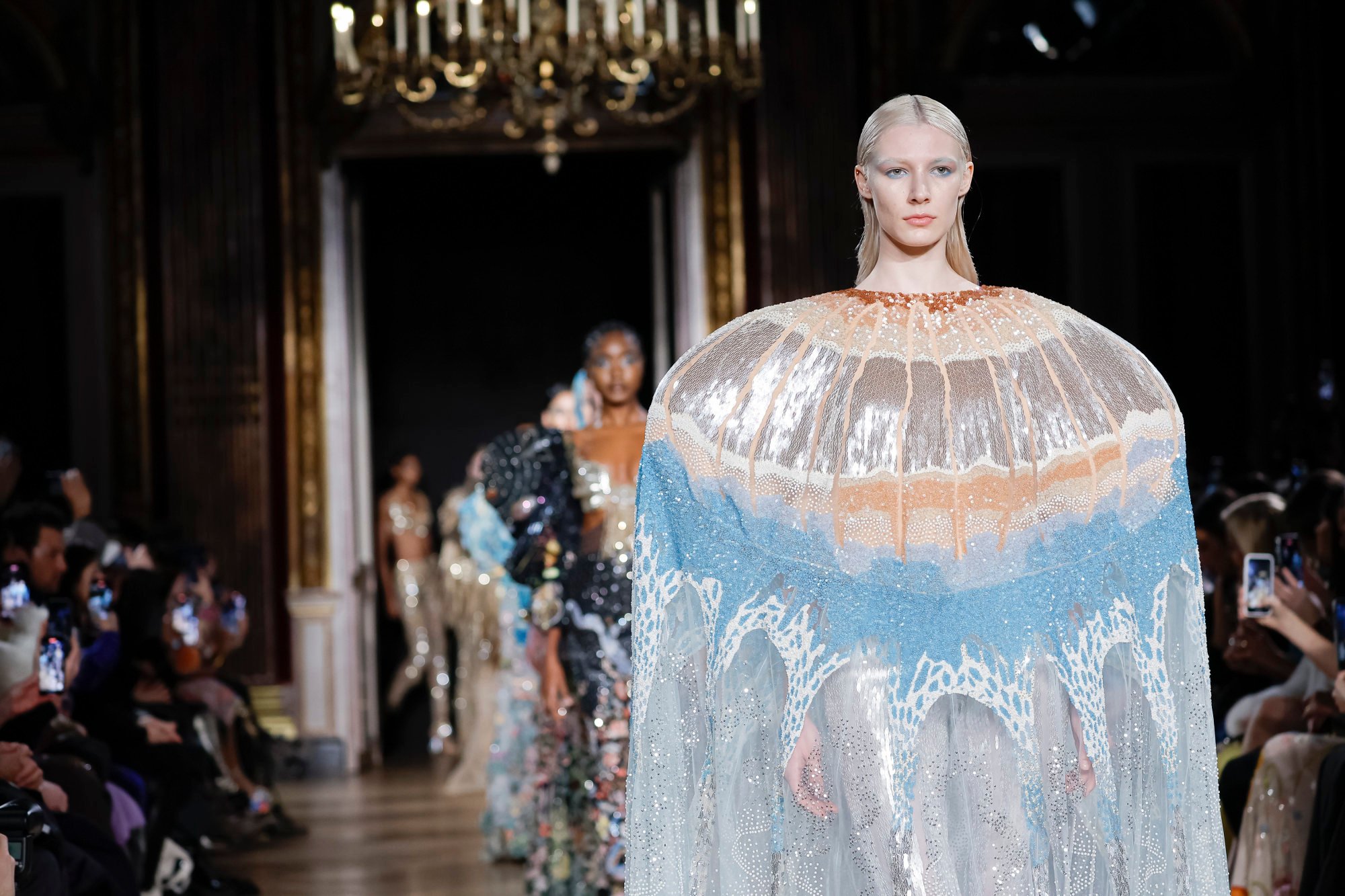
Each of India’s 28 states has its own embroidery style and technique, based on the availability of materials and factors such as traditions, rituals, festivals and belief systems.
Local hand-embroidery techniques are often passed down from generation to generation, as a family heirloom or rite of passage. The respect for the craft, and the traditions that exist behind it, are more likely not to have been watered-down or replaced by machinery in pursuit of profitability.
In the 50-year history of Paris Haute Couture Week, only three Indian designers have shown their collections.
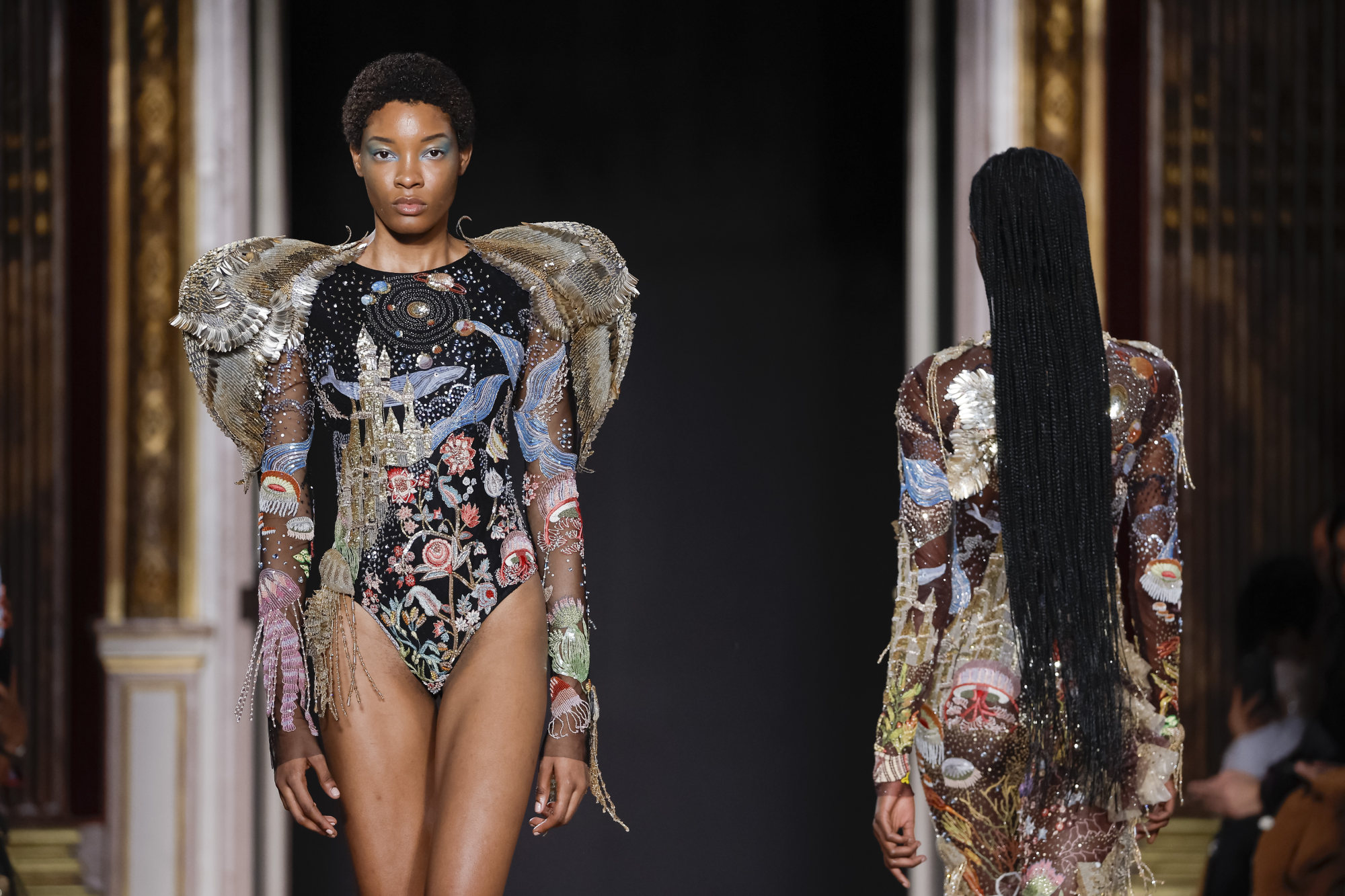
First, in 2020, was Rahul Mishra, a Delhi-based designer who won the 2014 International Woolmark Prize, following the likes of Karl Lagerfeld, Ralph Lauren and Gabriela Hearst.
Since appearing, Mishra has become a regular fixture at haute couture weeks. His most recent collection was handcrafted in a number of Indian villages, with each separate piece generating over three thousand hours of employment on average.
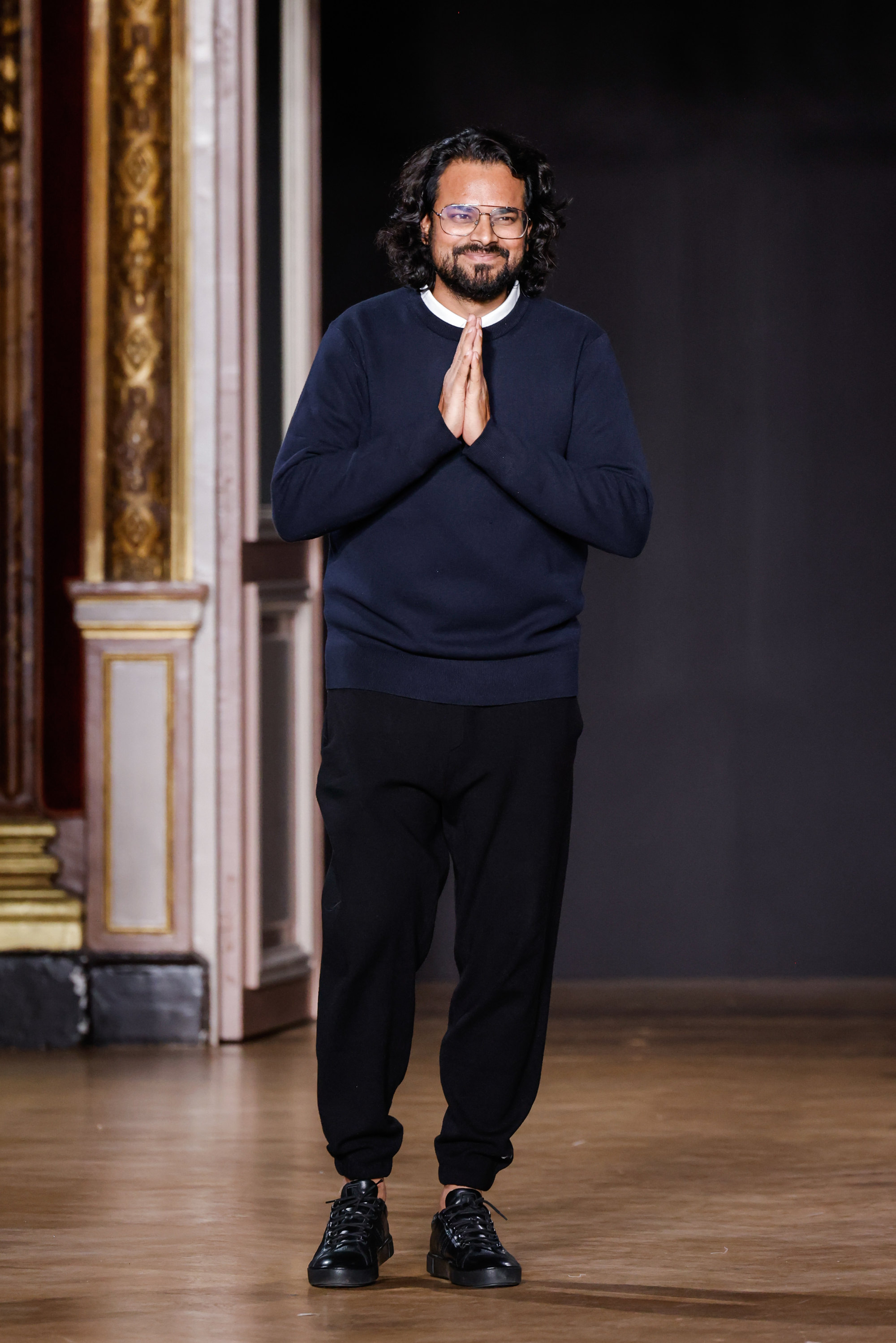
Vaishali Shadangule was the first female Indian designer to show at Paris Haute Couture Week, in 2021. The launch of her brand was motivated by her love of Indian textiles and her goal of taking Indian craftsmanship to a global audience.
“It is no secret that in India, we have what nobody else has, and that is why most of the skilled, intricate work that you see on haute couture is performed in India,” she says.

Where India is lacking, other brands take advantage, she says.
“[European brands] are good at design, which is what makes our skilled craftwork palatable to the global markets.
“We must be happy that global brands keep our crafts alive by making use of design for their garments, but it is high time we start putting back design in our own. If we want to conquer the world, this is the time.”
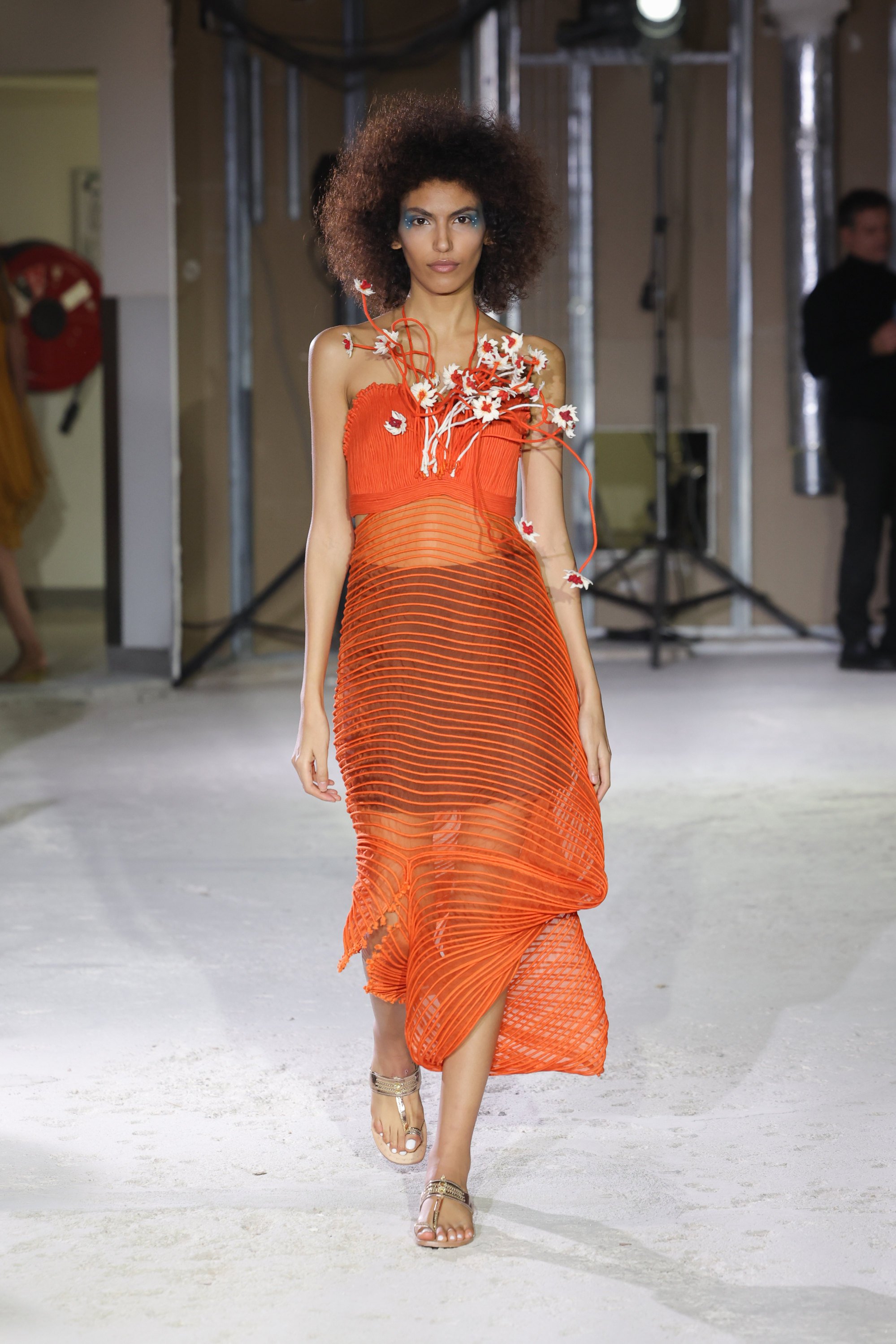
The third Indian designer to show at Paris Haute Couture Week is Gaurav Gupta, a favourite on Hollywood’s red carpet with clientele including Cardi B, Saweetie and Jennifer Hudson.
Known for his show-stopping silhouettes and bold shapes, Gupta cemented his status as one of fashion’s biggest names by showing in Paris this year.
“As an Indian brand [showing] at Paris [Haute] Couture Week, we have used a lot of Indian techniques and textiles and traditional embroideries which have been intricately done in a modern, futuristic way,” Gupta says.
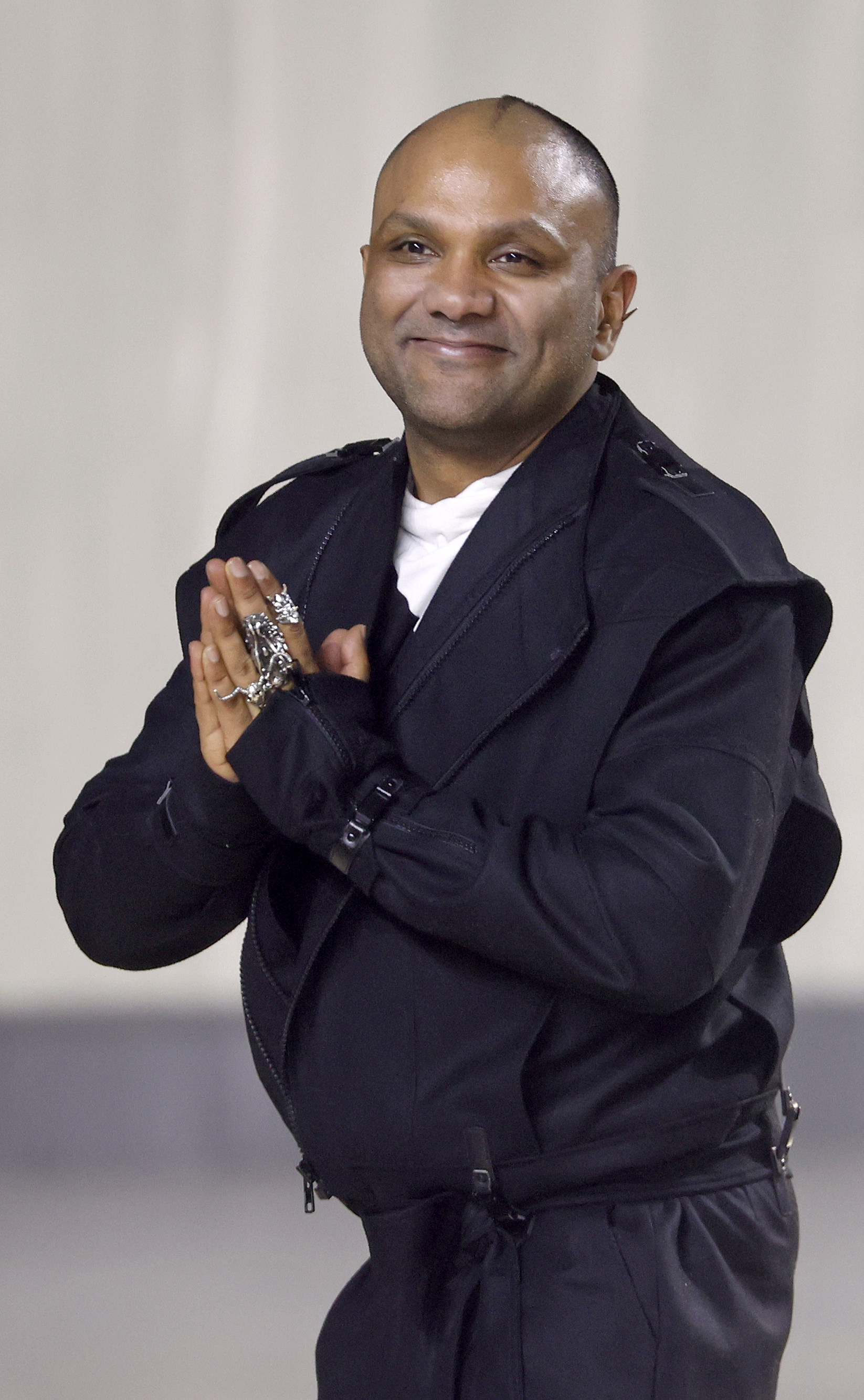
These textiles include handwoven Indian tissue and brocade, as well as traditional techniques such as zardosi (elaborate metal embroidery) and aari (a type of chain stitch), using materials like zari (real gold thread) and badla (metal appliqué).
That Indian craftsmanship is used by many Western design houses is not an intrinsically bad thing, Gupta says.
“It is fantastic as a practice, and a lot of fair trade is happening as a result – and eventually raises the bar.”

European brands are free to use materials from across the world, but credit should be given where it’s due. It’s the least they can do.

